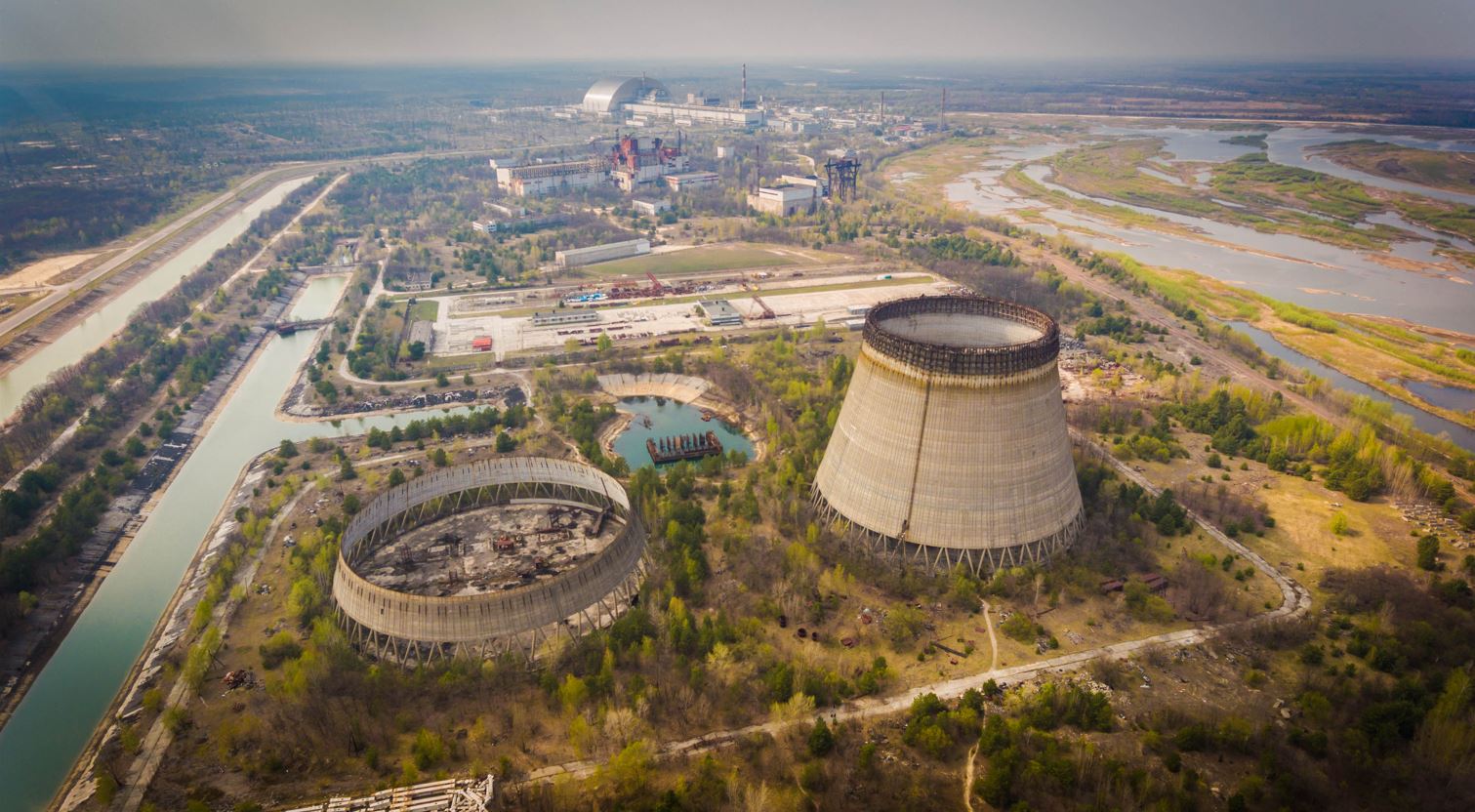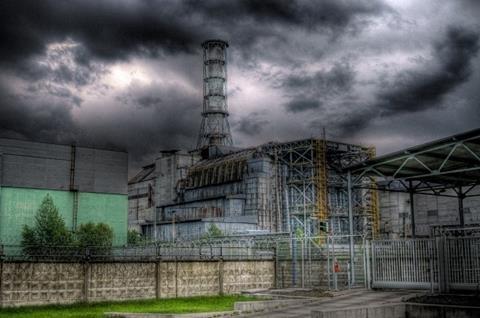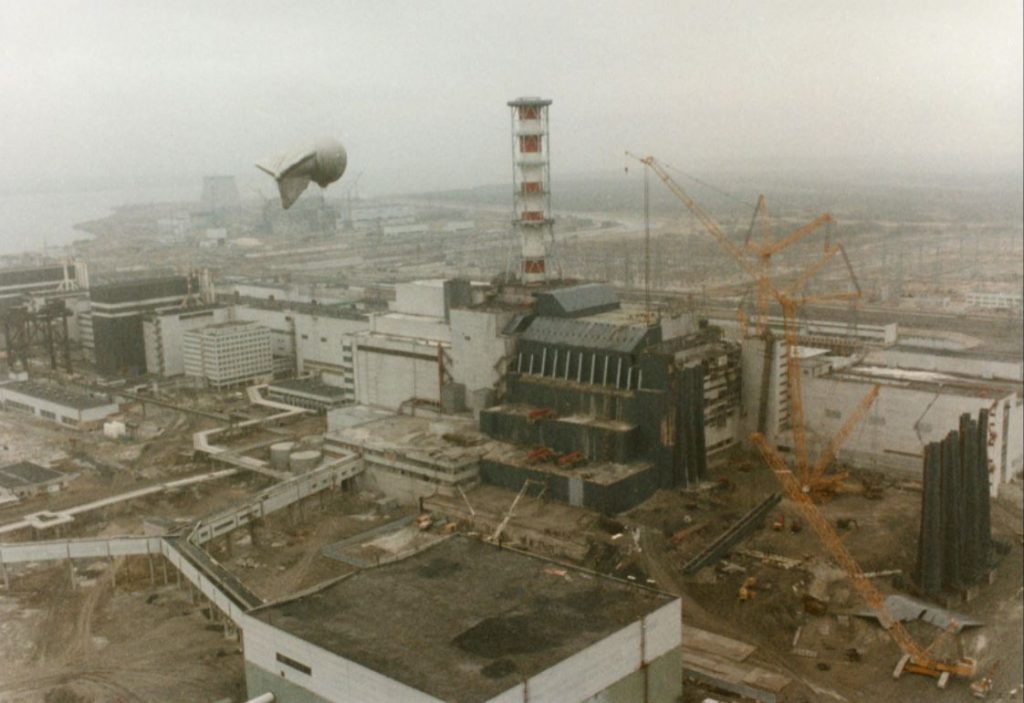Chernobyl is a partially abandoned city in the Chernobyl Exclusion Zone, situated in the Vyshhorod Raion of northern Kyiv Oblast, Ukraine.
The Chernobyl incident was a nuclear accident that occurred on 26 April 1986 at the No. 4 reactor in the Chernobyl Nuclear Power Plant, near the city of Pripyat in the north of the Ukrainian SSR in the Soviet Union. It is considered the worst nuclear disaster in history both in cost and casualties.
The accident occurred during a safety test on the steam turbine of an RBMK-type nuclear reactor. During a planned decrease of reactor power in preparation for the test, the power output unexpectedly dropped to near-zero.
The operators were unable to restore the power level specified by the test program, which put the reactor in an unstable condition. This risk was not made evident in the operating instructions, so the operators proceeded with the test. Upon test completion, the operators triggered a reactor shutdown.
However, a combination of operator negligence and critical design flaws had made the reactor primed to explode. Instead of shutting down, an uncontrolled nuclear chain reaction began, releasing enormous amounts of energy
The core melted down and two or more explosions ruptured the reactor core and destroyed the reactor building. This was immediately followed by an open-air reactor core fire. It released considerable airborne radioactive contamination for about nine days that precipitated onto other parts of the USSR and Western Europe, before finally ending on 4 May
During the immediate emergency response, 134 station staff and firemen were hospitalized with acute radiation syndrome due to absorbing high doses of ionizing radiation. Of these 134 people, 28 died in the days to months afterward and approximately 14 suspected radiation-induced cancer deaths followed within the next 10 years
Recent analysis from scientists in Sweden have reanalysed data from the event, and concluded that the first explosion in the Chernobyl disaster was due not to steam, but to a runaway nuclear reaction. The new conclusions do not revise the underlying cause of the disaster.
That is widely believed to be the operators’ decision, less than an hour earlier, to proceed with a long-awaited experiment to see how the reactor would cope under a power outage, despite a series of operational failures leaving it in a potentially unstable state. After the recovery did not go to plan, witnesses reported two major explosions just a few seconds apart.
If you already knew that radiation wasn’t too bad in Chernobyl, you might think it’s not bad. Truth be told, there are some pretty hot spots. These hot spots are usually found in cracks in and around Pripyat where the radioactive particles accumulated. They’re also in areas of the red forest where a lot of the main fallout happened as was buried
Source wikipedia
Cover Image Source





Comment here